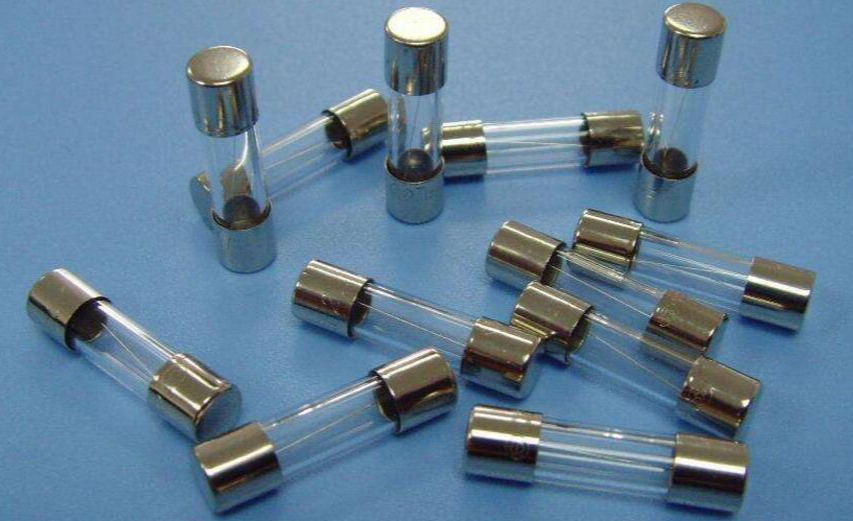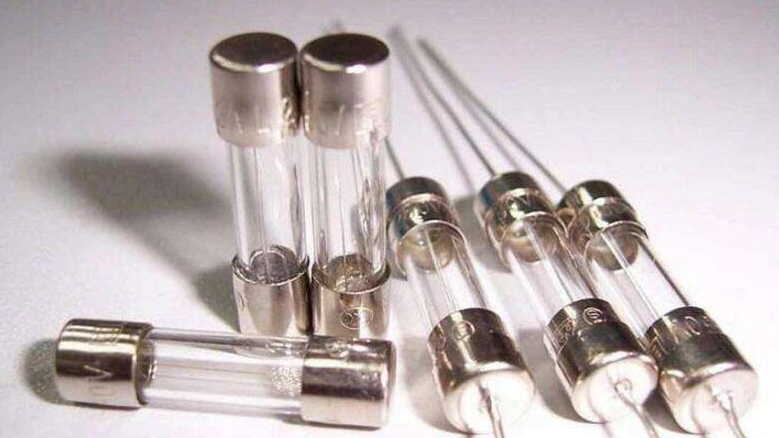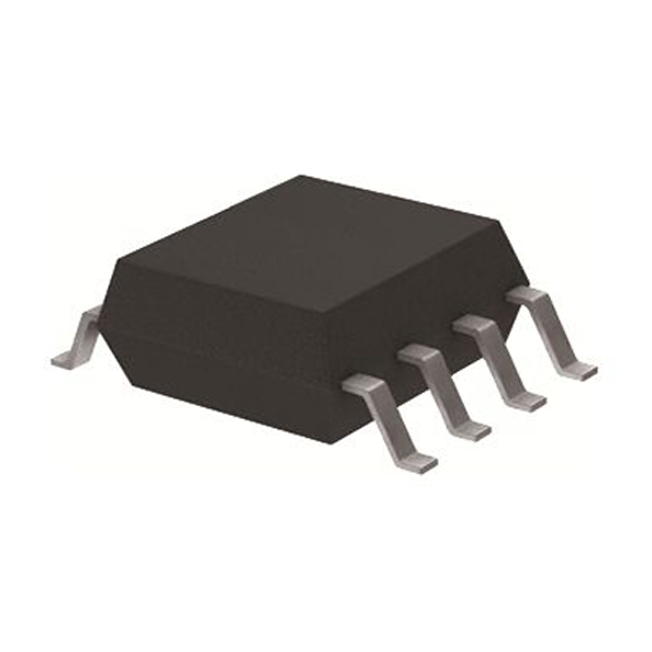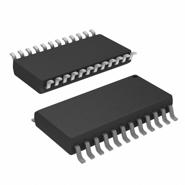The function and design principle of the fuse

fuses are primarily used to limit current. While the operating principle of a fuse is to self-heat under overcurrent conditions through its own resistance, they are designed to provide negligible additional resistance to the circuit they protect. This is achieved by minimizing the length of the fuse.
Unlike regular wires, the current-carrying capacity of a fuse is not related to its length. For example, a 10-gauge solid copper wire can handle 40 amps of current in free air, regardless of its length. However, a fuse made of a certain material and specification can only blow at a certain current, and its length is not a factor in the rated current. Therefore, fuse designers need to minimize the time it takes for the fuse to blow, so that its end-to-end resistance is as small as possible.
In addition, fuse designers must also consider what happens after the fuse blows. When a fuse blows, the melting ends of a continuous wire are separated by an air gap, and the power supply voltage between the two ends is the full voltage. Therefore, the rated voltage capacity of the fuse and its current level also need to be considered.
Some large industrial fuses have replaceable wire elements to reduce costs. The body of the fuse is an opaque, reusable box that shields the fuse from exposure and shields surrounding objects from the fuse.
The rated current value of a fuse is usually not a single number. If a 30-amp fuse is used to send 35 amps of current, it may suddenly explode or delay blowing before it blows, depending on other aspects of its design.
Some fuses are designed to blow very quickly, while others are designed for a more moderate "opening" time or even a delayed action designed for the application. The latter fuses are sometimes called slow-blow fuses because they have an intentional delay characteristic.

A typical example of the application of a slow-blow fuse is motor protection. When a motor starts from a dead stop, it typically experiences a surge current that is up to ten times the normal operating current. If a fast-blow fuse is used in such an application, the motor will never start because the normal surge current level will immediately burn out the fuse!
The design of a slow-blow fuse makes the fuse element have a larger mass than an equivalent fast-blow fuse (but not a larger ampacity), which means that it will heat up slower for any given amount (but reach the same final temperature).
At the other end of the fuse action spectrum are so-called semiconductor fuses, designed to open very quickly under overcurrent conditions. Semiconductor devices such as transistors are often particularly intolerant of overcurrent conditions and therefore require fast protection against overcurrents in high-power applications.
In grounded systems, fuses are always placed on the "hot" side of the load. This is done to ensure that the load is completely de-energized in all aspects after the fuse blows.








Watt Smith
Collaborator & Editor
Hello! My name is Watt Smith working on Chipdatas. I write and share relevant articles on electronic components category.






